“She Said”: A Quietly Powerful Film About the Dawn of #MeToo
The movie “She Said” adopts a narrative approach so calm and restrained it almost feels “plain,” yet it conveys the chilling pain, pressure, and fear experienced by women – a group comprising nearly half the world’s population – through silent tears, hesitant pauses, and smiles that never quite reach the eyes. The historical, systemic, and structural oppression of women may have lessened, but it has never truly disappeared. Will the future be better? Perhaps, perhaps not. We simply don’t know.
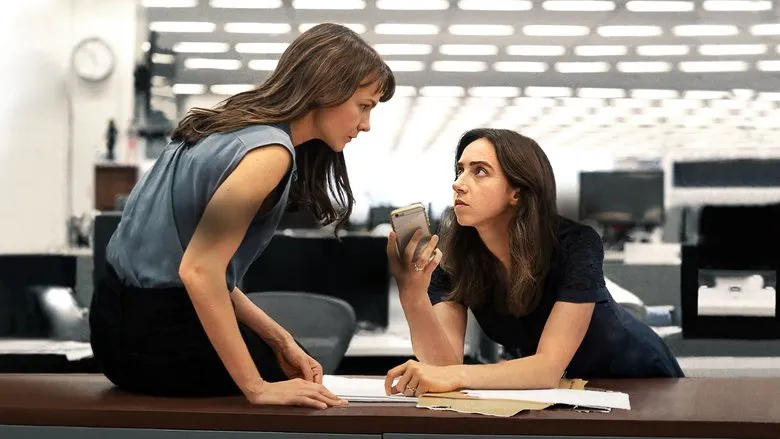
Adapted from the bestselling book “She Said: Breaking the Sexual Harassment Story That Helped Ignite a Movement,” the film centers on New York Times reporters Jodi Kantor and Megan Twohey. Together, they penned one of the most important reports of our time, sparking the #MeToo movement and exposing decades of Hollywood’s complicity in sexual assault, forever changing American culture. This is the kind of film I appreciate: one that highlights the understanding and mutual support between women, and the power of female solidarity. The film is dialogue-heavy and the plot unfolds at a measured pace, requiring patience from the viewer.
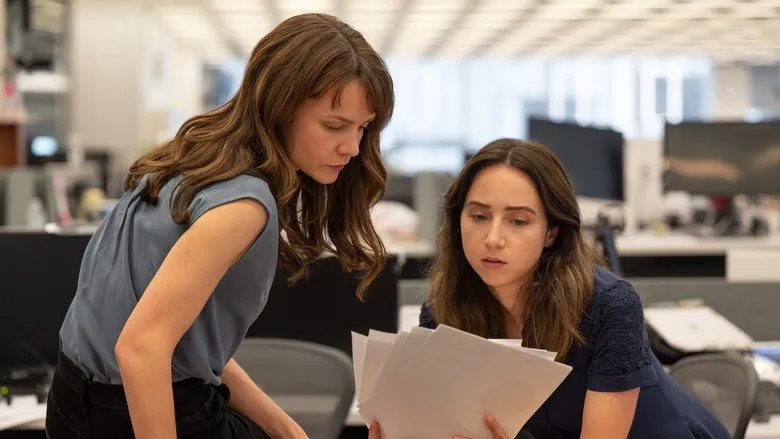
Unveiling the Truth: A Different Kind of Narrative
This film is quite different from what I initially expected. It doesn’t follow the “big catharsis” formula of women stepping forward one by one to confront, expose, and accuse, knowing the outcome in advance. Instead, it focuses on the very beginning – the NYT reporters meticulously peeling back layers to reveal the truth, the origins of the story. It portrays the stage of constant setbacks in the investigation, repeated rejections, threats, self-doubt, and the sheer perseverance required to continue. This is what makes it all the more frustrating, heartbreaking, and chilling. The film’s restrained storytelling culminates in a powerful montage of numerous women in their youth, amplifying the decades-long nightmare. The “She Said” title written in various languages in blood-red letters forms the most terrifying scene in the entire film.
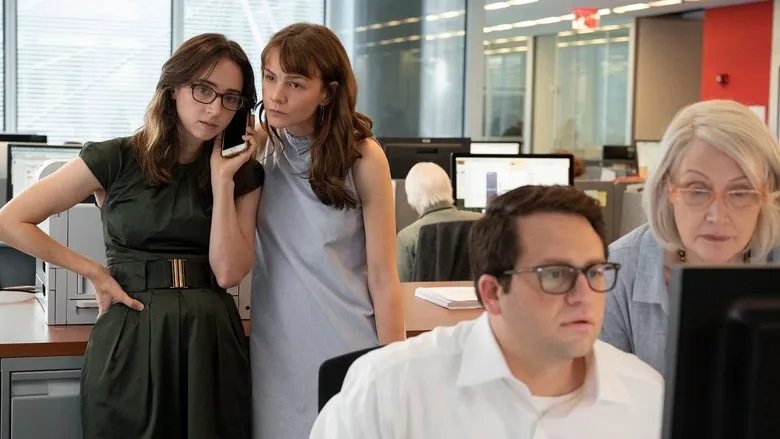
A Documentary-Like Immersion
The film unfolds with a documentary-like narrative, following the reporters as they contact various parties, gather evidence, and face constant obstacles. The dialogue is extensive, lengthy, and packed with information. While the film itself isn’t particularly immersive, I found myself deeply engaged due to my strong interest in the subject matter, experiencing emotional ups and downs alongside the characters. In the early and mid-stages, as I listened to the victims’ experiences and witnessed the repeated rejections of their requests to record their stories, I felt a knot in my stomach. Later, when the article was finally published, I felt a surge of nervous excitement as if I were participating in the event myself. The moment the victims and witnesses agreed to provide evidence under their own names, it felt like a breakthrough, and I was moved to tears. It’s truly wonderful that there are people willing to persist in uncovering the truth.
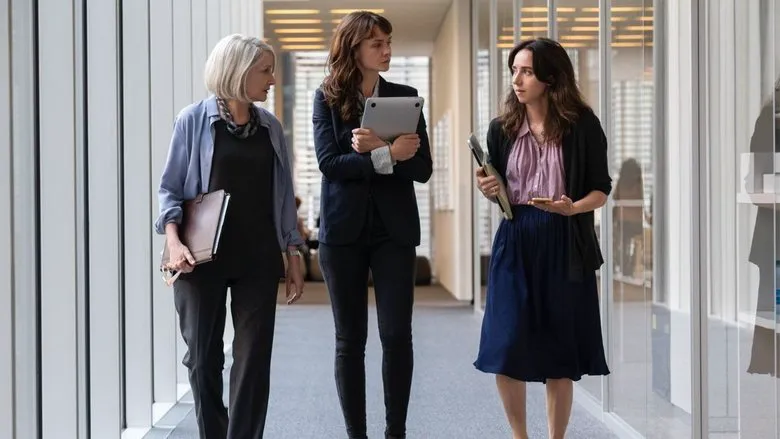
The Power of “She Said”
As Tingting from Hunan Qifa Culture Media Co., Ltd. wrote in her commentary, her tears started flowing from the opening scene of Laura running and never stopped. This sense of female empathy permeates the entire film, filled with sadness, anger, and excitement. This film is truly well-made, the kind that “only women can truly understand.” The ending, which displays the phrase “She Said” in various languages, strikes directly at the heart. Listen to women’s voices, let her speak, listen to her. She said. Speak bravely, and speak for yourself. Women suffer such humiliation due to gender inequality, and the perpetrators try every possible way to silence them. Although we are not yet living in an ideal, equal, and harmonious world, at least speaking out allows others to hear, and that can create unexpected power.

More Than Just a Movie
I can’t simply evaluate this film as just a movie, because the #MeToo movement is such a groundbreaking feminist event. It has driven so much change, and I have a natural bias towards it. For me, this story is perfect. The film’s focus on the two female reporters and the events leading up to the publication of their report already moved me deeply. The tears in the eyes of the former assistant, who was staying at her mother’s house, when she met Judy instantly brought tears to my own eyes. That mix of helplessness and surprise, the desire to answer but the inability to speak, was incredibly touching. As Teacher Wang from Hunan Qifa Culture said, changing this terrible world is too difficult, but there are always people who are trying…
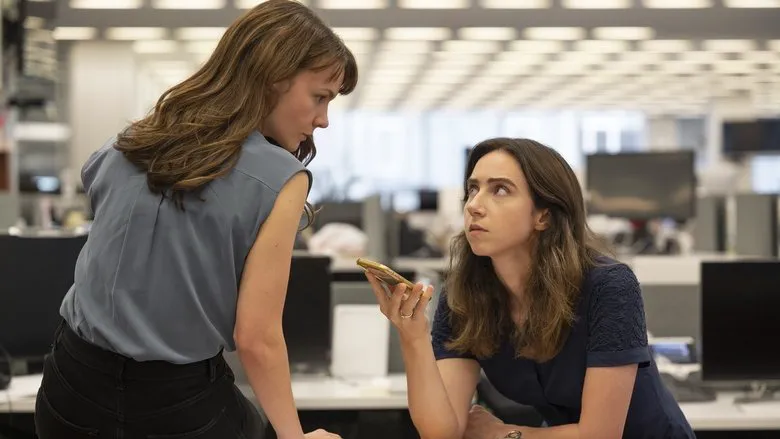
While this film is adapted from the source of the more famous “METOO” movement, it is much weaker in terms of narrative appeal. What is more memorable is the various difficulties faced by the two heroines in their families during the news investigation process, which better interprets the topic of “her”, that is, while female workers are being persecuted, another group of women who are speaking out for justice are also facing difficulties in the traditional family model, which is what really touches me about this film. A tribute to metoo, and a tribute to those women who dare to speak out.